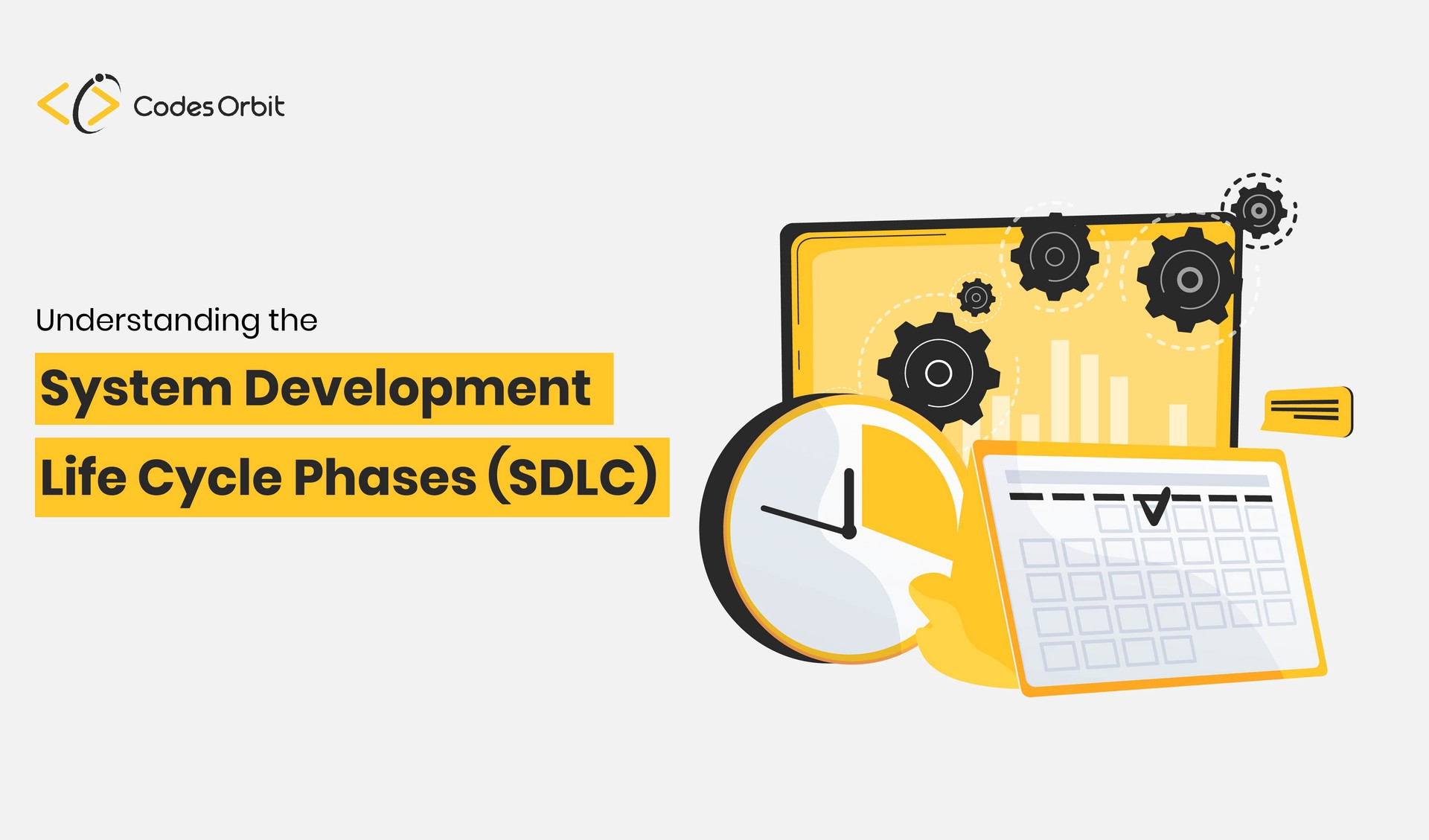The world of technology is constantly evolving, and software systems play a vital role in today’s businesses. Organizations use the System Development Life Cycle (SDLC) framework to ensure a smooth development process. SDLC is a systematic approach to software development that consists of several phases.
In this guide, we will take you through the various phases of SDLC, their importance, and how they contribute to successful software development.
What is the System Development Life Cycle?
The System Development Life Cycle is a framework for creating software systems. It consists of a series of phases that take a project from conception to deployment. Each phase has its own objectives, deliverables, and outcomes. The SDLC framework ensures the project is completed within the specified time frame and budget.
Unveiling the System Development Life Cycle: A Complete Roadmap
The System Development Life Cycle Phases consist of the following:

1. Planning
The planning phase is the first and most crucial phase of the SDLC. It involves defining the project scope, objectives, and goals. The planning phase also includes identifying the project’s stakeholders, establishing a budget and timeline, and defining the project’s success criteria.
2. Requirements Analysis
Requirements-analysis phase involves identifying functional and non-functional requirements of the software system. The project team analyzes the requirements to meet stakeholders’ needs. This phase is important as it sets the project’s direction and scope. The project team analyzes the requirements to meet the stakeholders’ needs.
The team defines the software requirements, user interface, and functionality. They also determine the software’s data flow, user interaction, and hardware requirements. It helps ensure the software system meets the business objectives and end-user needs.
3. Design
It involves creating a detailed plan for the software system. It includes creating a high-level design that outlines the system’s architecture, data flow, and user interface.
The design phase also includes creating a detailed low-level design that outlines the system’s components, data structures, algorithms, and interfaces.
4. Development
This phase involves coding and building the software system. It includes integrating different components, testing the software system, and fixing bugs and errors.
The development phase requires a team of programmers, developers, and quality assurance engineers to work together to create a functional and reliable software system.
5. Testing
The testing phase helps ensure the software system is defect-free and meets the desired quality standards. It involves testing the software system to ensure it meets the functional and non-functional requirements by creating test cases, executing tests, and reporting defects.
6. Deployment
The deployment phase involves deploying the software system to the production environment. It includes installing the software system on end-user’s devices and configuring it to work with other systems. The deployment phase requires careful planning and coordination to ensure a smooth transition from development to production.
7. Maintenance
The last phase involves maintaining and supporting the software system after deployment. It includes fixing defects, updating the software system, and providing technical support to end-users. The maintenance phase helps users to fine-tune the resultant product & ensure that the software system remains functional and meets the business objectives.
Comparing Software Development Life Cycle and System Development Life Cycle
Software Development Life Cycle (SDLC) and System Development Life Cycle (SDLC) are often used interchangeably. However, there are some key differences between the two.

Software Development Life Cycle (SDLC)
System Development Life Cycle (SDLC)
Frequently Asked Questions
What is the purpose of the System Development Life Cycle?
The SDLC aims to provide a systematic approach to software development that ensures the project is completed within the specified time frame and budget while meeting the desired quality standards.
Why is the planning phase crucial in the SDLC?
The planning phase is crucial because it defines the project scope, objectives, and goals. It also helps to identify the project’s stakeholders, establish a budget and timeline, and determine its success criteria. A project can go off track without proper planning, resulting in delays, cost overruns, and poor-quality outcomes.
What is the role of testing in the SDLC?
The testing phase is important because it helps to identify defects and ensure that the software system meets the functional and non-functional requirements. Proper testing can prevent costly errors and ensure the software system is reliable and functional.
Why is maintenance important in the SDLC?
Maintenance is important in the SDLC because it ensures that the software system remains functional and meets the business objectives. Without proper maintenance, the software system can become outdated, insecure, and inefficient.
What are the benefits of using the SDLC framework?
The SDLC framework’s benefits include improved project management, better communication among stakeholders, reduced risk of errors and defects, and improved software system quality.
Can the SDLC be customized to meet specific project needs?
Yes, the SDLC can be customized to meet specific project needs. Organizations can modify the phases, deliverables, and outcomes to suit their unique requirements.
Wrapping Up
SDLC is an essential framework for software development projects. It ensures the project is completed within the specified time frame and budget while meeting the desired quality standards.
The System Development Life Cycle provides a structured and systematic development approach while allowing flexibility to meet unique project needs. Understanding the phases of the SDLC is crucial for project success, as each phase has its own set of objectives, deliverables, and outcomes. With proper planning, execution, and maintenance, organizations can ensure that their software systems are reliable, efficient, and meet the needs of all stakeholders.
If you are looking to work with a reliable partner and need a product that adheres to the standards of SDLC, CodesOrbit is ready to serve your needs. Our in-house team of project management experts, designers, developers, and testers will help you launch your dream app in no time.
Contact us for a free consultation or discuss your idea with our team for a perfect fit solution.
